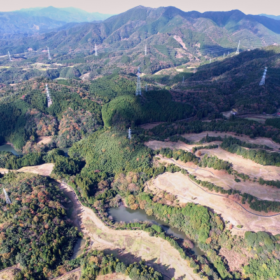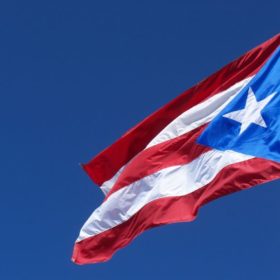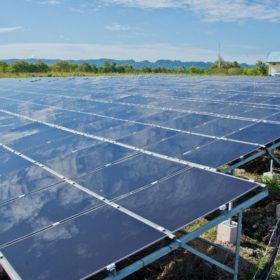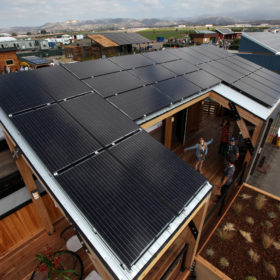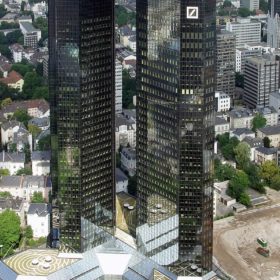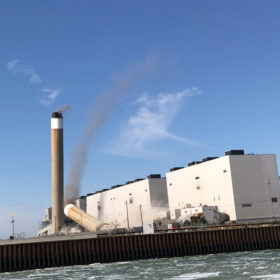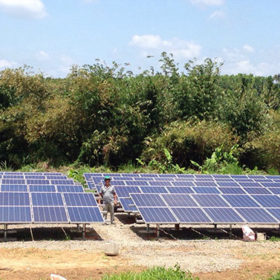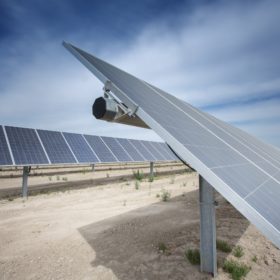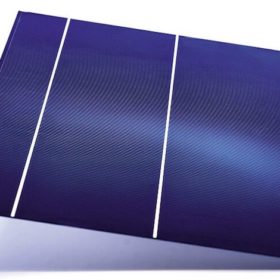Solar becoming par for the course in Japan
LG’s 56 MW PV park is the group’s largest in Japan and will join the string of energy schemes feeding big data into the conglomerate’s Energy Optimization Center, when it opens this year.
Greenbriar Capital secures financing for 100 MW of solar in Puerto Rico
The project is part of a 280 MW pipeline the Caribbean island is hoping to build in its effort to restore a safe and stable power supply to the population.
ADB finances its first utility-scale PV plant in $160 million deal
Asia’s largest IPP receives funds to develop renewable energy assets in line with Indonesia’s plans to increase renewable generation to 23% by 2025. The ADB’s support for PV at this scale is novel and could help overcome financing gaps that have hindered PV development in emerging nations
CDPQ takes majority stake in Invenergy Renewables
Invenergy plans to maintain day-to-day management of its renewable energy business, with the Québecois fund manager increasing its economic stake to 52%.
Ontario earmarks $70 million for solar, storage rebates
Under the GreenON’s Solar Rebates Program, homeowners will be able to install solar-plus-storage systems with a capacity of up to 10 kW, while businesses will be entitled to deploy up to 500 kW of rooftop PV capacity.
Grasshopper Solar gets $210 million financing from Deutsche Bank
The Canadian solar company will use the funds to expands its asset base and reach new business opportunities.
Ontario utility OPG makes room for solar at demolished coal power plant
The partnership between OPG and the Six Nations of the Grand River development Corporation is set to deliver 44 MW of solar energy when the plant is finished in 2019.
Canada unveils roadmap for coal phase out, RE implementation
The Canadian Department of Energy has revised its goals to phase out coal powered electricity by 2030. It will increasingly focus on renewable energy (RE) and natural gas. In Alberta alone, an extra 5 GW of solar and wind are expected to be installed.
Solar to lead global renewables growth for next five years — KPMG
Investors throughout the world made 406 investments in large-scale renewables in 2017, collectively valued at roughly €40.1 billion (US$49.5 billion), but solar is set to grow more in terms of capacity than any other clean-energy technology over the next half decade, according to a new report. Battery storage will play a crucial role in this, it found.
Aurora Solar Tech infrared tool upgraded for HJT cell measurement
The Canadian firm’s Decima Gemini infrared measurement technology has been updated to measure performance and characteristics of transparent conductive oxide layers key in heterojunction cell technology.
